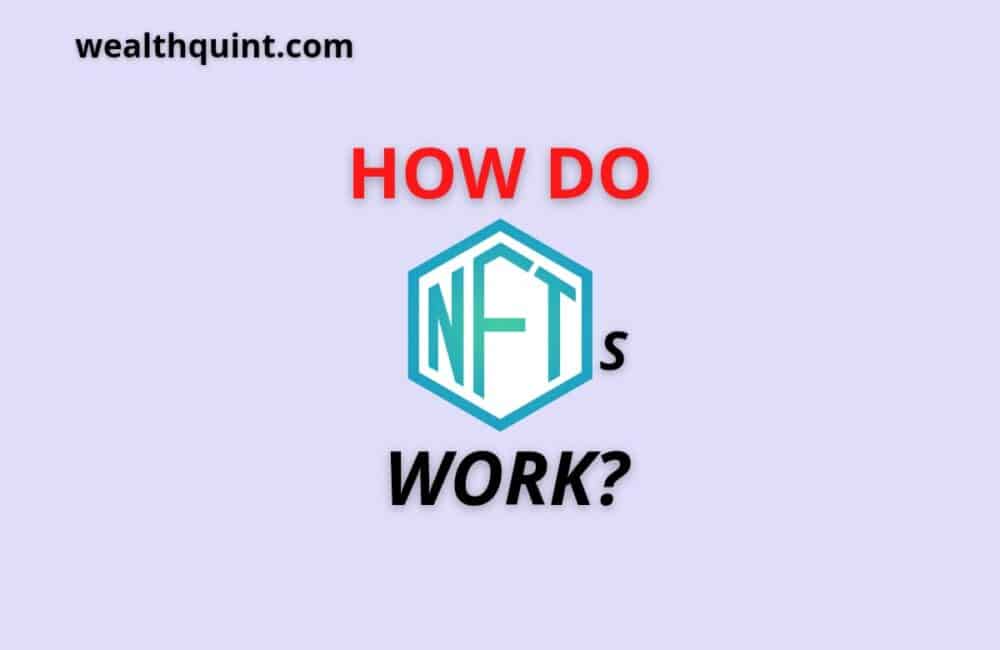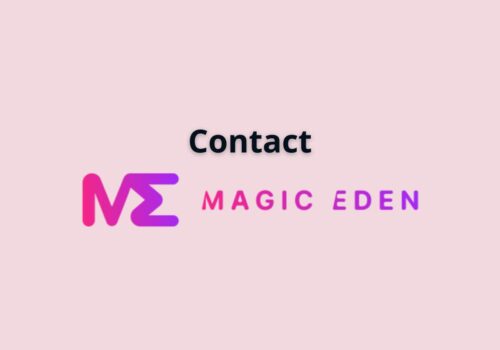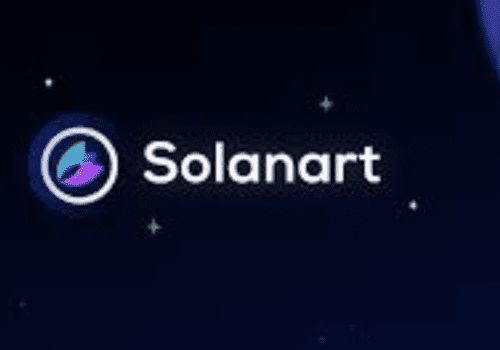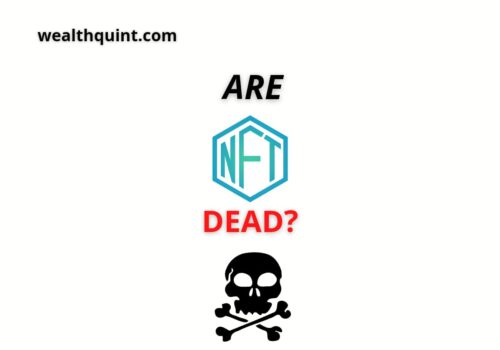NFTs are currently sweeping the worlds of collectibles and digital art. Several Digital artists are witnessing dramatic changes in their lives due to massive sales to a new crypto-audience.
And celebrities are jumping on board as they see a new way to connect with their fans. However, digital art is only one application of NFTs. Indeed, NFT can be used to denote ownership of any unique asset, much like a deed for a physical or digital item.
What Are NFTs?
On a blockchain, non-fungible tokens are basically defined as cryptographic assets that have unique identifying codes and metadata and a means of identifying them from one another.
Unlike fungible tokens like cryptocurrencies, which can be used to make commercial transactions, Non-fungible tokens are unique and cannot be used as a medium.
It is not possible to trade or exchange them at equivalency like cryptocurrencies. An NFT is a token that indicates ownership of an item that is one-of-a-kind. The technology allows us to tokenize art, collectibles, and even real estate assets.
There can only be one official owner and the ownership cannot be modified or created by anyone else. They are secured by the Ethereum blockchain.
How Do NFTs Work?
NFTs are distinguished from ERC-20 tokens such as DAI or LINK because each is unique and non-divisible. Through the use of Ethereum’s blockchain as a public ledger, NFTs allow the assignment or claim of ownership of unique pieces of digital data. An NFT represents digital or non-digital assets created from digital objects.
For instance, an NFT could represent the following:
Electronic Art:
- GIFs
- Collectibles
- Music
- Videos
Real-World Items:
- Title to a vehicle
- Admission to a real-world event
- Invoices that are tokenized
- Legal records
- Signatures
- And many more options to come in future
At any given time, an NFT can only have one owner. Ownership is determined by the unique ID and metadata associated with the token. Smart contracts enable NFTs to be assigned ownership and controlled in terms of transferability.
When someone mint or creates an NFT, they run code in smart contracts that adhere to various standards, including ERC-721. This information is then added to the blockchain, used to manage the NFT.
Various non-fungible token marketplaces, such as OpenSea, Rarible, and Enjin Marketplace, offer non-fungible tokens for sale. NFT can be minted on a variety of platforms, but a wallet is required to get started. Math Wallet, Metamask, Enjin, etc., are just a few options for a wallet.
Also Read: Top 10 NFT Games
Properties Of NFT
- Each token is assigned a unique identifier associated with a single Ethereum address.
- They are not interchangeable 1:1 with other tokens.
- Each token has a unique owner whose identity is easily verifiable.
- They are Ethereum-based and can be purchased and sold on any Ethereum-based non-fungible token market.
Conclusion
NFTs are a form of digital art based on blockchain technology. NFTs are gaining popularity as the future of digital art and are expected to grow exponentially in the coming years.
However, the NFT marketplace, like most Crypto assets, is volatile and will not always produce profits. In addition, there is the additional legal understanding and considerations associated with NFTs.
When NFTs are structured properly, purchasers can obtain additional intellectual property rights, such as the right to exclusive use, the right to make reasonable adjustments to their purchase price, and so on, until the NFT is transferred to a subsequent third party.
NFTs are a unique application of blockchain technology. Their popularity and use in commercial applications will only continue to rise in the future as the technology becomes more widely available.
However, it will be vital to guarantee that the NFT complies with the rights pledges given to investors following the law.




